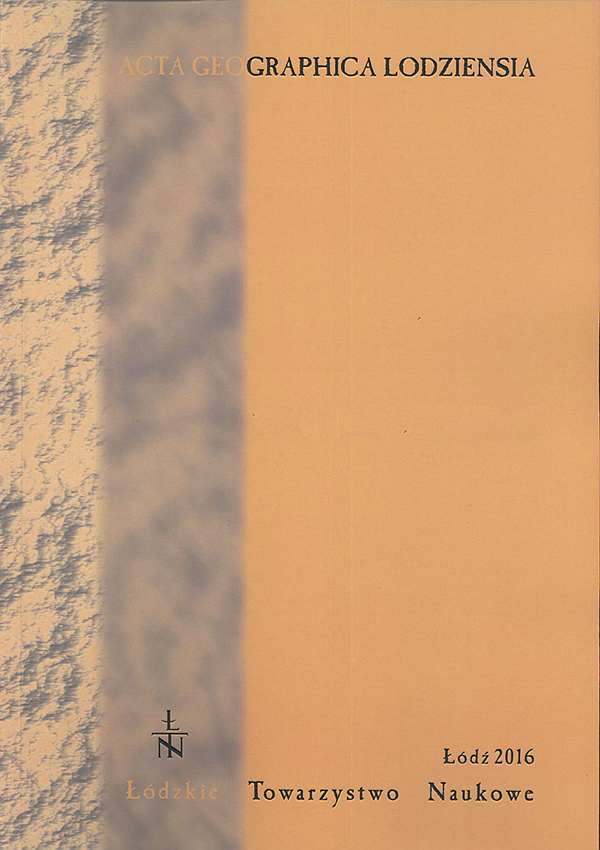Budowa geologiczna i ewolucja torfowiska węglanowego Bagno Staw w Poleskim Parku Narodowym
Geological structure and evolution of the alkaline fen Bagno Staw in the Polesie National Park
Author(s): Jarosław PietruczukSubject(s): Geography, Regional studies, Environmental Geography
Published by: Łódzkie Towarzystwo Naukowe
Keywords: biogenic sediments; alkaline fens; paleogeography reconstruction; Polesie Lubelskie Lowland
Summary/Abstract: A detailed geological mapping (410 drillings) of the alkaline fen Bagno Staw showed a very variedsubstratum form with many elementary sedimentary basins and humps separating them. The depressionswere developed directly in soft and porous rocks from the cretaceous period. An importantrole in their development was played by karst processes. A lithological recognition of biogenic sedimentsindicates large differentiation of facial deposits in the depth profile, with little differentiation inthe spatial profile (especially in parts of the ceiling). Organogenic sediment consists of two geneticallydifferent sediments: limnic (coded L) and telmathic (coded P). The types of peat that were accumulatedin telmathic conditions are: moss peat (P\2), sedge-reed-moss peat (P\6), sedge peat (P\7) andsedge-moss peat (P\8). Limnic sediments in the form of gyttja: calcareous-detritus (L\1 and L\3), detritus(L\4), calcareous (L\5) were accumulated in lacustrine conditions. The sedimentological analysiswas supported by supplementary research, including aditional analyses such as: physicochemical, plant macrofossils and radiocarbon dating analysis. The obtained results allow to conclude that thebeginning of the development of peatlands fell on the cusp of the Older Dryas and Alleröd when initially,in the conditions of shallow water bodies, and then in telmathic conditions, gyttja, calcareousdetritus and moss peat were deposited in succession. The most dynamic changes in the developmentprocess of the fen Bagno Staw took place at the end of the Late Glacial and Holocene. At that time,along with the improvement of humidity-thermal conditions, a degradation of permafrost occurred andas a result led to a radical restructuring of the circulation of groundwater. This process was completedmore quickly in areas of increased fissuring of cretaceous sediments. Linear composition of the largerdepressions in the substratum of the fen Bagno Staw alludes to its tenor of tectonic structures of thecomplex meso-cenozoic. As a result of the conducted interdisciplinary paleoenvironmental study, itwas possibile to formulate the 4 major stages of development of the fen Bagno Staw: (1) paralimnic(Older Dryas/Alleröd), (2) telmathic (Alleröd), (3) limnic (Younger Dryas/Preboreal), (4) telmathic(Boreal – to modern times). The record of the variability of litofacials, vegetations and physicochemical properties reflects the variability of the environmental conditions in the last 10,5 thousand years.
Journal: Acta Geographica Lodziensia
- Issue Year: 2016
- Issue No: 105
- Page Range: 39-53
- Page Count: 15
- Language: Polish

